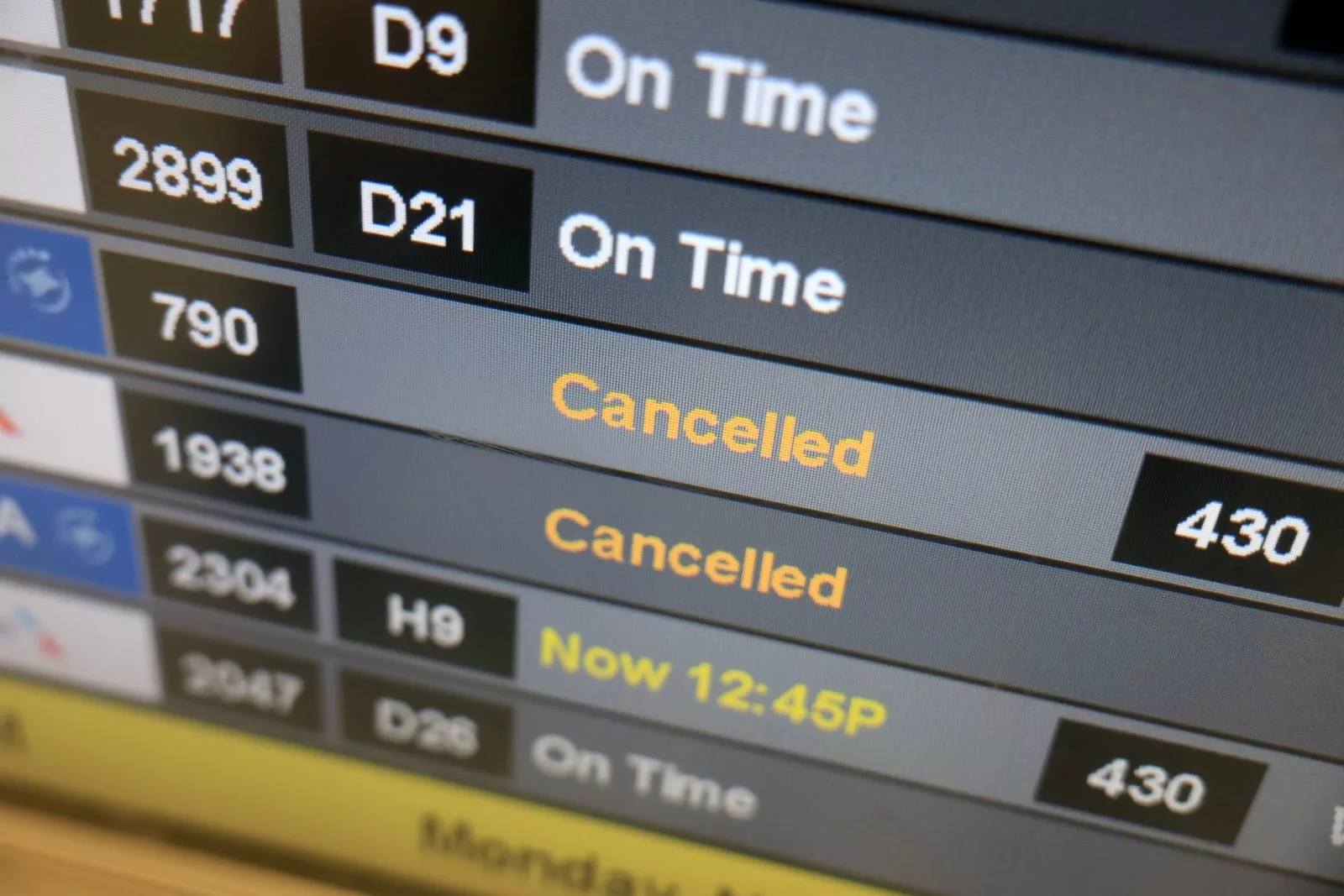Flight Disruptions Loom as Government Shutdown Continues
The recent government shutdown has led to significant chaos at U.S. airports, with thousands of flight cancellations and delays reported over the past weekend. As travelers faced unprecedented disruptions, officials are warning that the situation could worsen if the shutdown persists.
Secretary of Transportation Sean Duffy addressed the media at Chicago’s O’Hare International Airport, indicating that travelers could expect “significant disruption” as early as this coming weekend. He noted that airlines may have to consider grounding planes if conditions do not improve, although industry sources have not confirmed any such plans.
The effects of the shutdown on air travel have escalated dramatically in recent days. Over the weekend alone, air traffic control facilities struggled with staffing shortages, resulting in hours-long backups and contributing to over 20,000 cancellations and delays on Saturday and Sunday. Air traffic controllers, who have been working without pay, have increasingly called in sick, exacerbating the staffing crisis.
In response to these challenges, the Federal Aviation Administration (FAA) has mandated that airlines reduce their flight schedules by 6% at 40 major airports across the country, a figure which is set to increase to 10% by Friday. This means that thousands of flights could be canceled daily as the FAA works to manage air traffic safety amid the ongoing disruption.
Duffy emphasized that the FAA will closely monitor safety data before lifting any restrictions on travel. Recent weeks have seen an uptick in concerning safety incidents, both on the ground and in the air, prompting caution from federal officials.
While the situation remains dire, there were some signs of improvement on Tuesday. Airlines canceled over 1,200 flights, a significant reduction compared to the previous weekend’s numbers. Additionally, the FAA reported only four “staffing triggers” at air traffic control facilities, a stark contrast to the 81 triggers recorded on Saturday.
Despite these small victories, the path to normalcy for air travel remains uncertain. Duffy stated that air traffic controllers would receive their paychecks within 48 hours of the government reopening, which could encourage more workers to return to their posts. However, with the Thanksgiving travel rush looming just two weeks away, concerns about operational capacity persist.
Margaret Wallace, an expert in air traffic control from the Florida Institute of Technology, remarked that while the end of the shutdown would likely improve Thanksgiving travel, it would not guarantee a swift return to normal operations. “There should be a little boomerang effect, but there’s also going to be some trickle-down,” she noted.
For travelers with upcoming plans, it is essential to stay informed about the evolving situation. Resources are available to help navigate travel disruptions and provide guidance on what to do if your flight is delayed or canceled.
As the shutdown continues to impact air travel, it is crucial for travelers to remain adaptable and prepared for potential changes in their travel itineraries. Keeping an eye on flight status updates and remaining in contact with airlines will be key to managing travel plans during this challenging time.







